McDonough Museum of Art presents Spring 2023 exhibitions
January 20, 2023
The McDonough Museum of Art’s spring 2023 exhibitions will open to the public January 20, 2023 and run through March 4. The exhibits will feature works by Yvette Granata, Marie-Eve Levasseur, Amy M. Youngs, Taryn McMahon, Lori Kella, Amanda King, and Mark Keffer.
The museum is open 11:00 AM – 4:00 PM Tuesday – Saturday, and admission is free to the public. An opening reception for all of the exhibits is scheduled for 5:00 – 7:00 PM Friday, January 20.
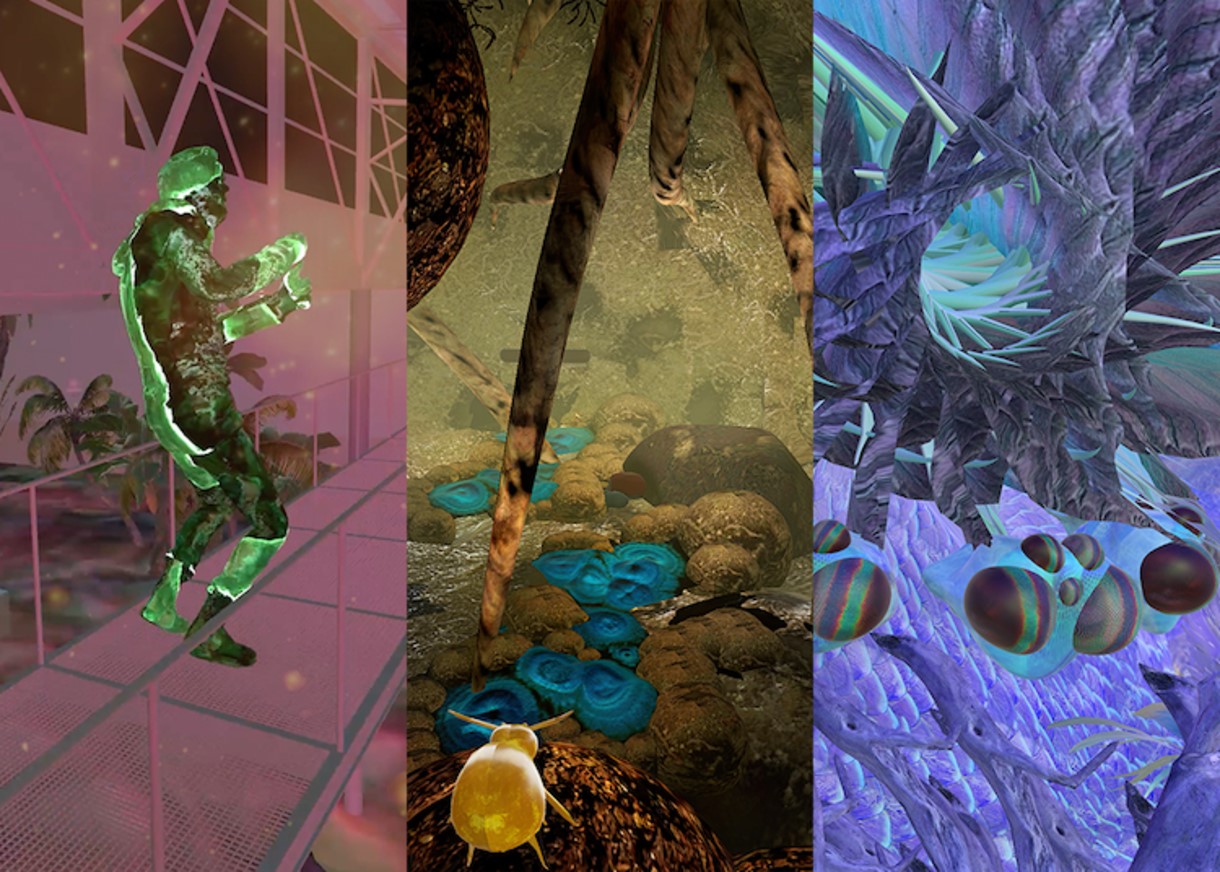
The Possible Actuals: World Building and the Landscape in Virtual Reality
Artwork by Yvette Granata, Marie-Eve Levasseur, and Amy M. Youngs
Curated by YSU Professor of Art Dana Sperry
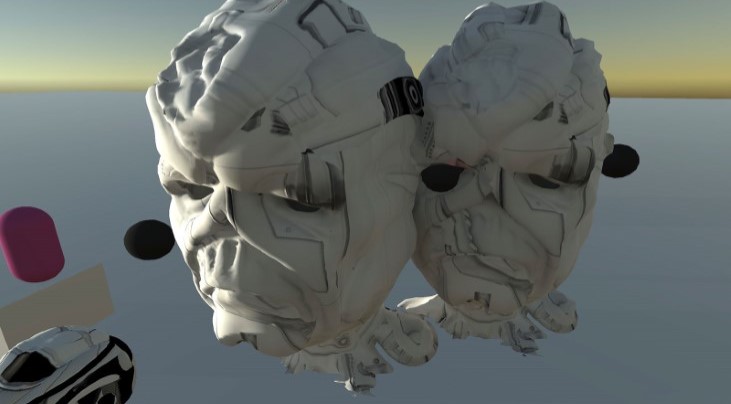
“The Endless”
Artwork by Yvette Granata
Yvette Granata is an assistant professor of digital media in the University of Michigan's Department of Film, Television, and Media, and the Digital Studies Institute. Her projects include immersive installations, interactive environments, virtual reality films, video art, and hypothetical technological systems. Her work has been exhibited at the Harvard Carpenter Center for the Arts, The Eye Film Institute in Amsterdam, and Papy Gyro Nights in Norway and Hong Kong, among others. She has published in Ctrl-Z: New Media Philosophy, Trace Journal, NECSUS: European Journal of Media Studies, and the International Journal of Cultural Studies. Her film design work has appeared on screens at the Sundance Film Festival, the Tribeca Film Festival, and the Rome International Film Fest. She has also produced the hybrid documentary “City World,” which premiered internationally at CPH:DOX and won best documentary at Cinema on the Edge in Los Angeles. She holds a doctoral degree in media study from The State University of New York at Buffalo, a master’s degree from the University of Amsterdam, and a bachelor’s degree from the University of Michigan. Granata will be giving a lecture in conjunction with her exhibition “The Possible Actuals: World Building and the Landscape in Virtual Reality” Monday, February 27 at 3:00 PM in the McDonough Museum of Art lecture hall (room 3000).
Marie-Eve Levasseur is a Canadian artist living between Tiohtià:ke/Montréal and Leipzig. Her artwork deals with intimacy, interactions, nonhuman ecosystems, mediating devices as extensions, and perception of language or images through screens. Using diverse forms and techniques like video, installation, sculpture, prints, 3D animation, and augmented reality, she questions the proximity of technological and organic surfaces in a posthuman context. Levasseur also investigates the human perception of device-mediated content by examining feminist science fiction. Her works have been shown in group exhibitions in Montreal, Berlin, London, Paris, Hong Kong, and Zurich. In 2020 she received a research and creation grant from the KdFS (Kulturstiftung des Freistaates Sachsen) and received another in 2021 from the Canada Council for the Arts. Levasseur will present a virtual lecture Monday, February 20 at 1:00 PM in conjunction with her exhibition “The Possible Actuals: World Building and the Landscape in Virtual Reality.”
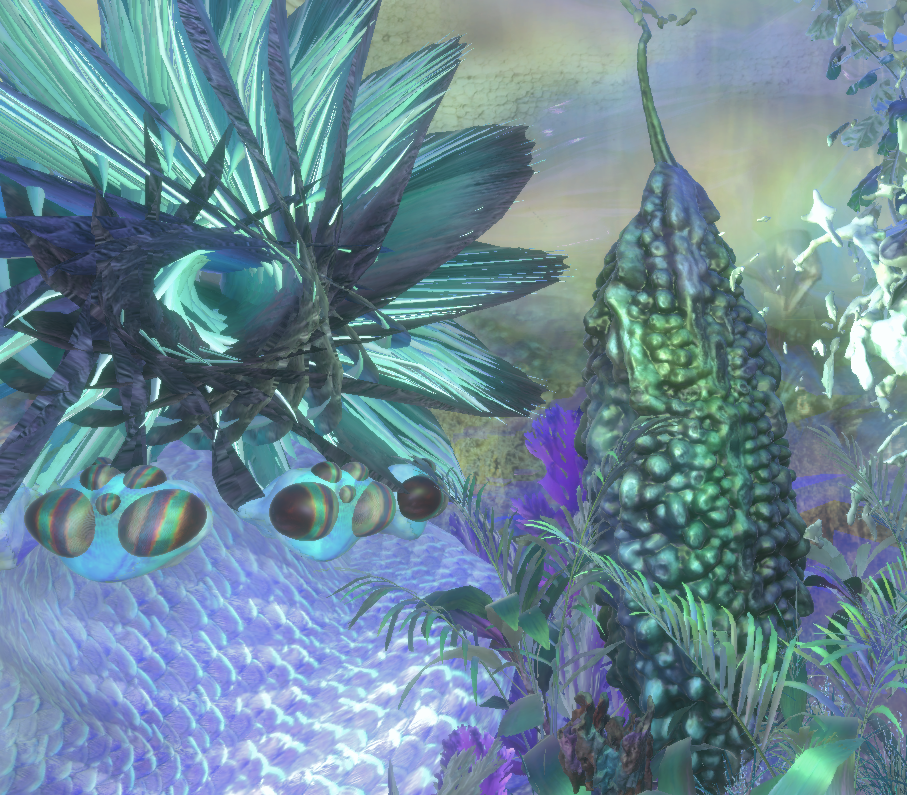
“le corps-glitch” (multitudes)
Artwork by Marie-Eve Levasseur
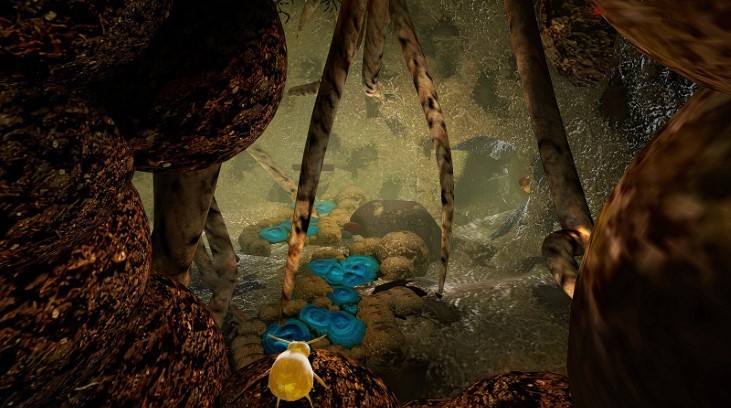
“Dis M Body”
Artwork by Amy M. Youngs
Amy M. Youngs creates biological art, interactive sculptures, and digital media works that explore interdependencies between technology, plants, and animals. Her practice-based research involves entanglements with non-human characteristics, constructing ecosystems, and seeing through the eyes of machines. She has created installations that amplify the sounds and movements of living worms, indoor ecosystems that grow edible plants, a multi-channel interactive video sculpture for a science museum, and community-based, participatory video, social media, and public webcam projects. Youngs has exhibited her works nationally and internationally at venues such as the Te Papa Museum in New Zealand, the Trondheim Electronic Arts Centre in Norway, and the Biennale of Electronic Arts in Australia. Youngs will present a virtual lecture in conjunction with her exhibit “The Possible Actuals: World Building and the Landscape in Virtual Reality” Monday, February 6 at 1:00 PM.
Taryn McMahon is an associate professor at Kent State University’s School of Art, where she teaches print media and serves as the co-area head of print media and photography. She received her Bachelor of Fine Arts from The Pennsylvania State University, and a Master of Fine Arts and a Master of Arts from the University of Iowa. McMahon has been heavily awarded for her work, including an Ohio Arts Council Individual Excellence Award, the Knights Art Challenge, a Puffin Foundation grant, and multiple fully-funded residencies at Pyramid Atlantic in Hyattsville, Maryland, and Anderson Ranch Art Center in Snowmass Village, Colorado. Her work has also been featured at The International Print Center in New York, The Print Center of Pennsylvania, and Ortega y Gasset Projects.
About “Watershed”
McMahon has focused her work on the human impact on ecological systems and Western conceptualizations of nature. This exhibition features large- and small-scale prints with layered silhouettes of objects found on the shores of the Cuyahoga River.
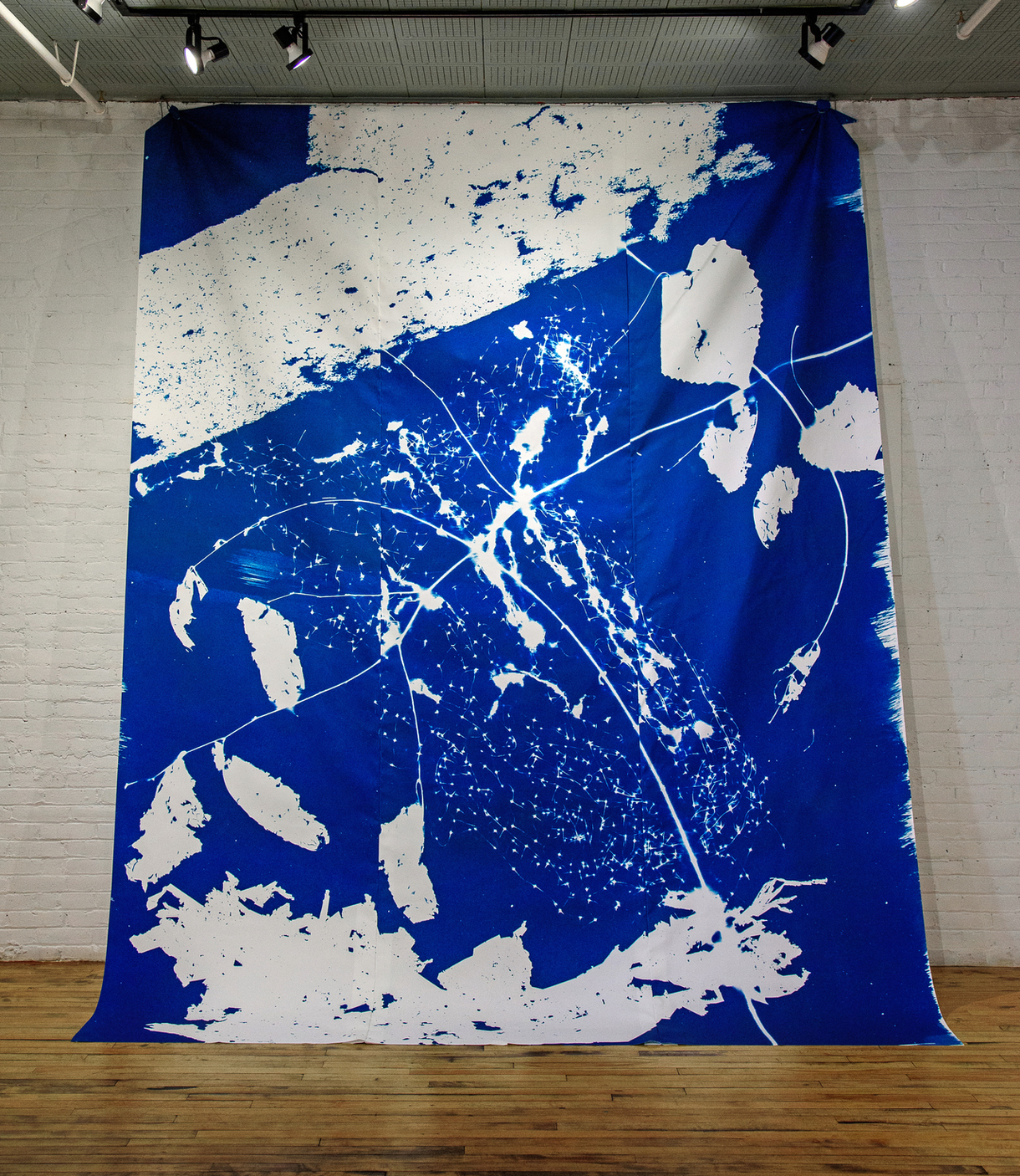
“Watershed”
Artwork by Taryn McMahon
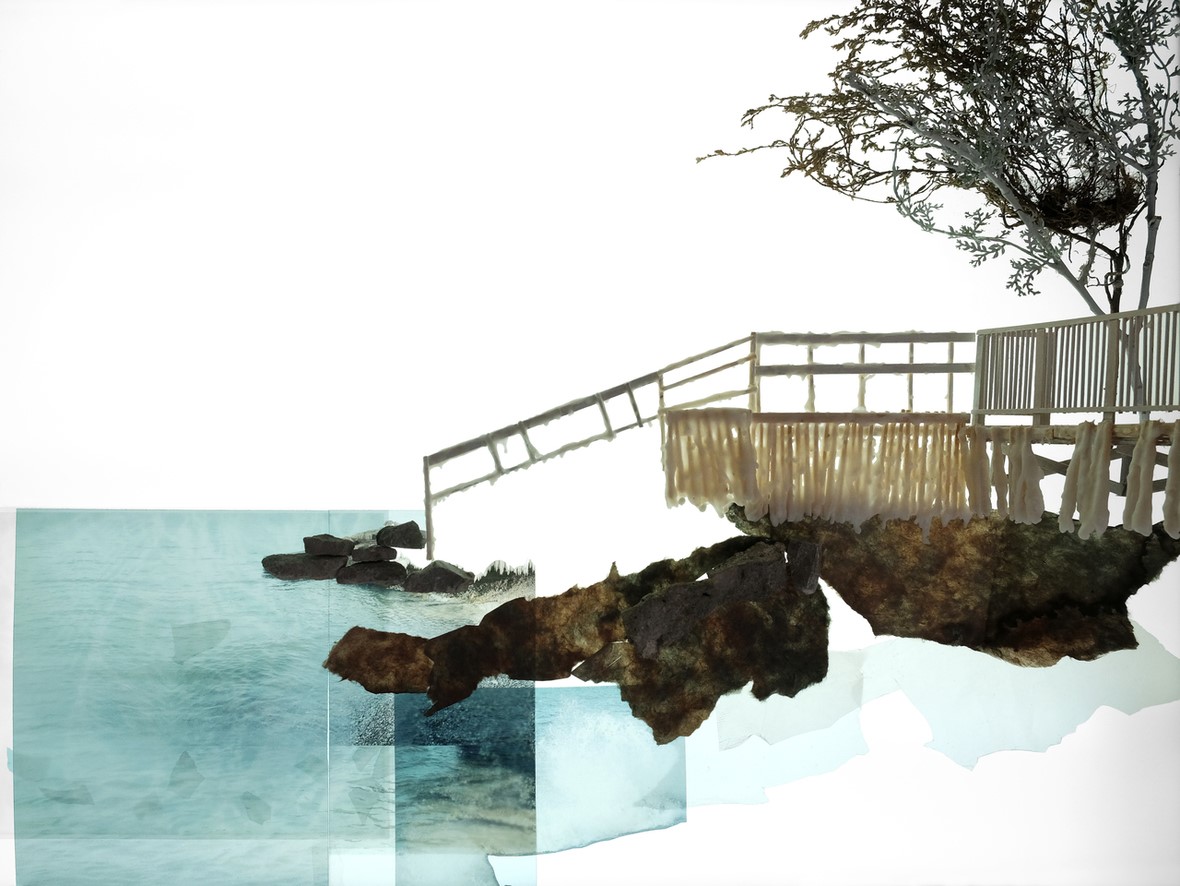
“Shifting Ground”
Artwork by Lori Kella
Lori Kella’s photography explores the landscape of the twenty-first century by creating images that reveal the hidden truths about our understanding of the natural world. She received a Bachelor of Fine Arts from the Cleveland Institute of Art and a Master of Fine Arts from Cornell University. Her artwork has been featured at Photocentric in Cleveland, Ohio, the Rosewood Art Center in Kettering, Ohio, and in State of the Art 2020 at the Crystal Bridges Museum of American Art and the Sarasota Art Museum. Other venues that have accepted Kella’s work include The Cleveland Museum of Art, Galerie Drei, The Print Center in Philadelphia, Pennsylvania, and Artspace in Raleigh, North Carolina. Kella has received four Ohio Art Council Individual Fellowship awards, a full fellowship to attend the Vermont Studio Center, a Creative Workforce fellowship, and funding from ArtPlace American and the Andy Warhol Foundation. Kella is currently a faculty member at the Laurel School in Shaker Heights, Ohio.
About “Shifting Ground”
As a native of the Great Lakes, Kella has turned her gaze toward our inland seas, examining the fragility and resilience of this complex ecosystem.
Amanda D. King is a conceptual artist, cultural strategist, and social justice advocate who uses arts and culture to envision possibilities for transforming individuals, communities, and society. King's multidisciplinary expertise in jurisprudence, art history, fashion, and culture inform her socially engaged practice, which utilizes visual communication & design, creative consulting, and arts education to mobilize her community and reciprocate grace. King earned a Juris Doctor from Case Western Reserve University’s School of Law and a Bachelor of Art in art history from Bryn Mawr College. King was born in Pittsburgh, Pennsylvania, and lives in Cleveland, Ohio, where she manages her studio practice and serves as creative director of Shooting Without Bullets.
About “Root Matter”
In this multi-media exhibition, King synthesizes concepts of divinity and humanity and interprets principles of Christian mythology in relation to the Black experience.
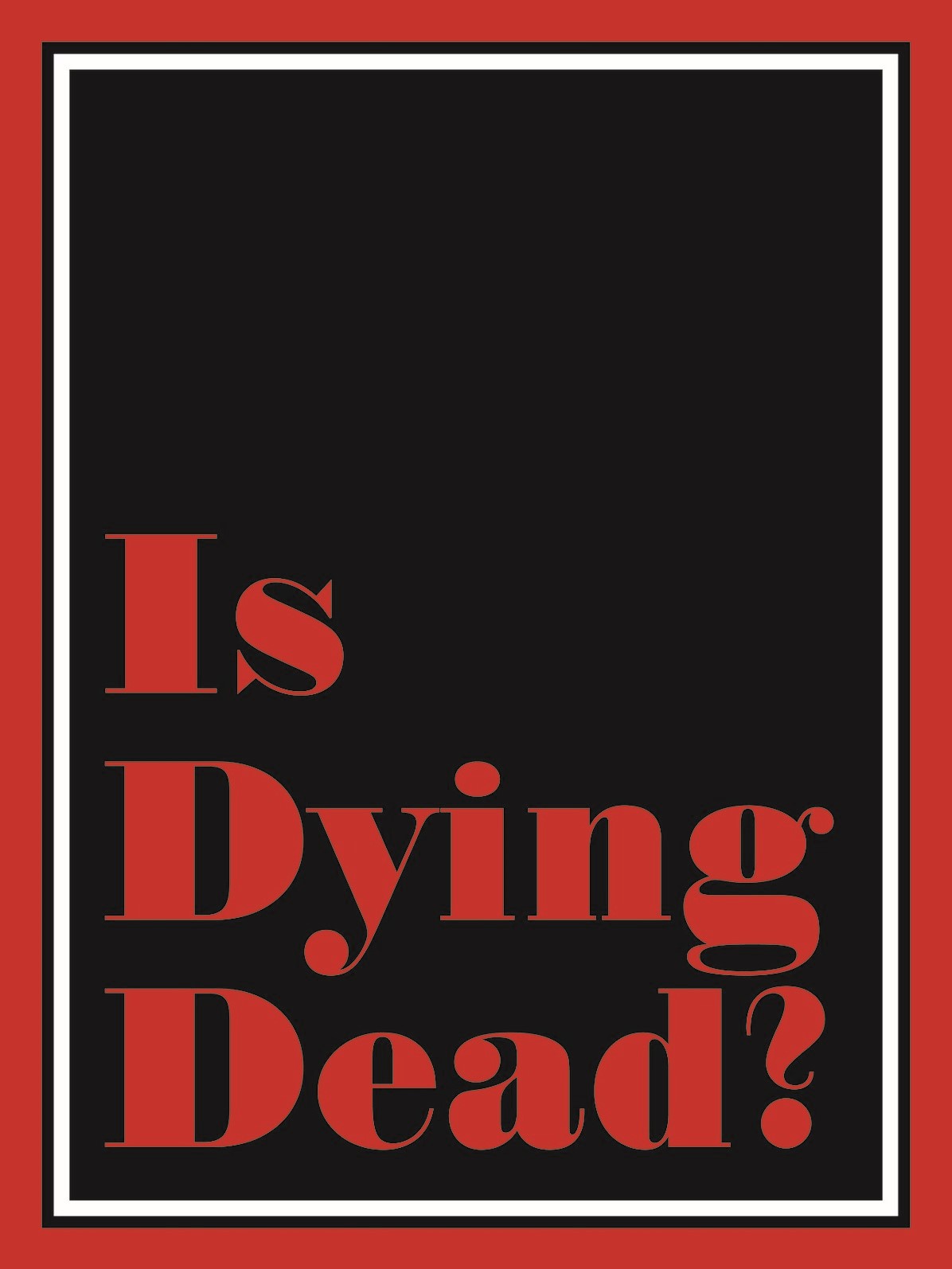
“Root Matter”
Artwork by Amanda D. King

“Oscillation Drills”
Artwork by Mark Keffer
Mark Keffer received his Master of Fine Arts from The Ohio State University and his Bachelor of Arts from Kent State University. His paintings aim to reflect the state of uncertainty found in the current world that is produced by human perception and memory. Keffer believes that attractive and unique colors and patterns create moments of optimism in the midst of our crazy world. His work also includes references to circuitry, which are mainly used to symbolize information that humans generally have no access to.